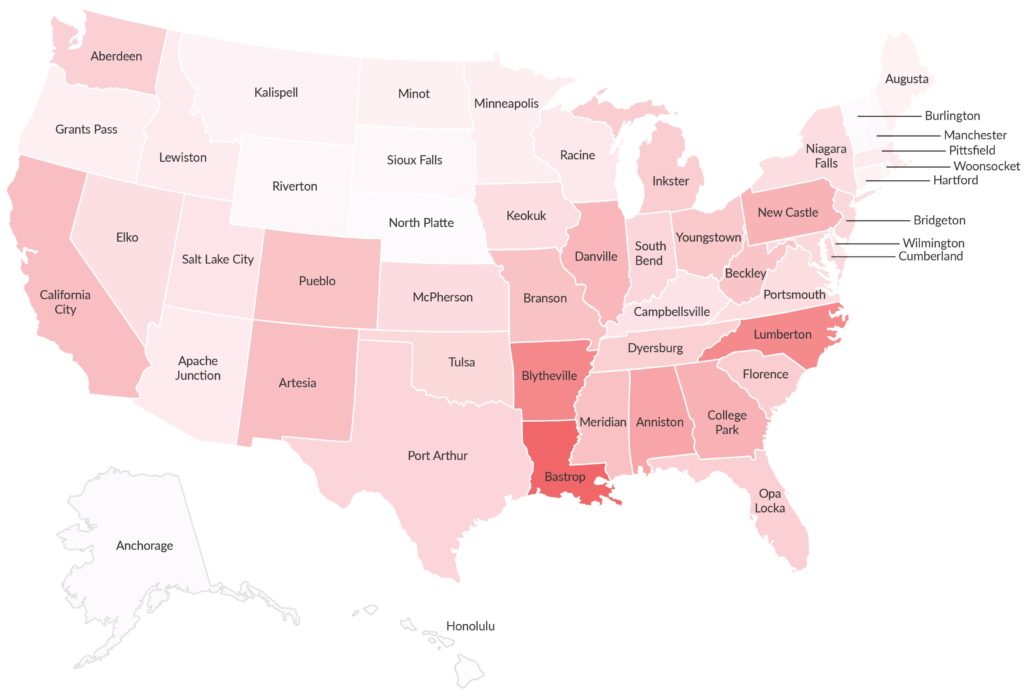Biometrics is a buzz word that’s increasingly capturing headlines. But like many people, you might not be fully aware of what it means. The word biometrics comes from the Greek words bio (meaning life) and metricos (meaning measure). In the security and authentication fields, biometrics refers to an array of technologies that measure a number of unique body characteristics such as fingerprints, DNA, retinas and irises and voice patterns. These characteristics are captured and stored in a biometric device or database and are then used to identify or authenticate a person.
Biometric technology was originally developed to enhance security in corporate and government scenarios, but in over the last few years it has made its way into the private sector. In fact, according to ReportLinker, the market for biometrics will increase by 21% over the next two years.
One particularly strong area of biometric growth is home security. We’ll explore biometric home security options and help you decide if biometric security is a technology you should embrace.
Types of Biometric Security Technologies
There are several types of biometric security technologies currently being used and it’s likely that more will develop in the near future. Three of the most common technologies are fingerprint recognition, iris recognition and voice recognition.
Fingerprint Recognition
Fingerprint recognition identifies a person by the unique ridges and valleys found on his fingertip. It’s the most often used biometric home security technology.
Iris Recognition
The iris is the colored ring around the pupil, and just like the fingerprint it has a number of unique characteristics that are said to go unchanged after the first year of life. In fact, the iris boasts over two hundred unique characteristics. Iris recognition is used in a number of settings to include aviation security, criminal detention and in homes to grant front door or interior door access.
Voice Recognition
This biometric security technology identifies people based on various characteristics in their voice such as tone and pitch. A voice recognition system gathers samples of an individual’s speech, transforms them into an electronic format and creates a biometric template that’s used for authentication.
Biometric Home Security Systems and Technologies
Keys, passwords and key-codes can be lost, stolen or copied, threatening home security. The use of biometrics minimizes a home security breach and maximizes convenience.
Biometric home security begins at the front door, with a biometrically operated front door lock. Biometric locks eliminate the need for a key or code and operate with the touch of a finger. Biometric locks such as Kwikset’s SmartScan allow the homeowner to store dozens of “approved” fingerprints, and grant temporary access to the home for contractors, or time restrict access to the home for housekeepers and babysitters. Often referred to as a “keyless entry” lock, the door unlocks when an “approved” finger is swiped across a sensor.
There are also full home security systems that operate on biometric technology. Instead of punching in a code on the security panel of your home, the touch of your finger arms and disarms your home. There are several advantages of a biometric home security system over a traditional system. A biometric system eliminates the need for memorizing pass codes, makes arming and disarming your home simple and convenient, and reduces the chance that an unauthorized person will gain access to your home.
If you aren’t ready to install a full biometric home security system, there are several biometric technologies that can increase the security inside your home. These include biometric safes and gun cases, the use of biometric locks on specific rooms in your home, and on specific cabinets such as those that store liquor, prescriptions or critical paperwork. Incorporate biometric technology into your home office by using biometric thumb-drives and portable hard drives.
Biometrics represents the cutting edge of home security technology. As biometric security becomes more affordable, there’s little doubt that homeowners will continue to embrace the protection and convenience it offers.
Would you ever use biometrics in your home?


